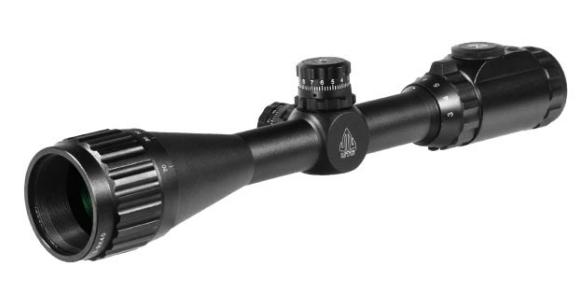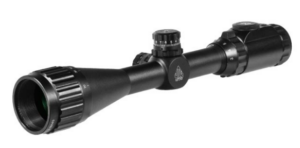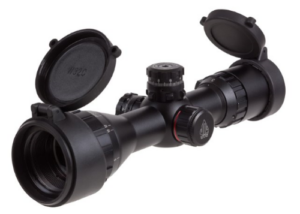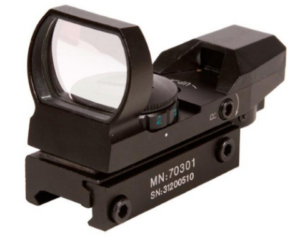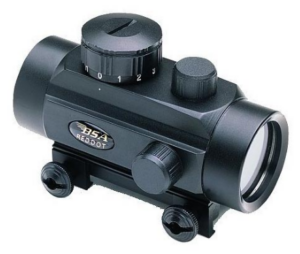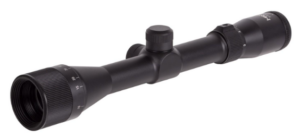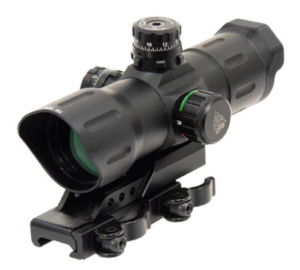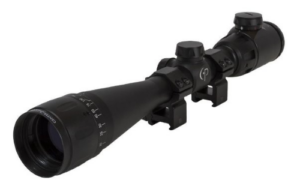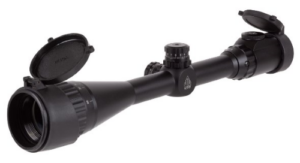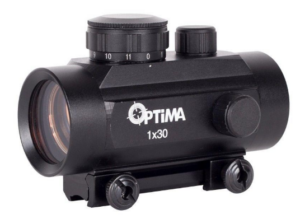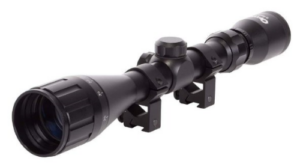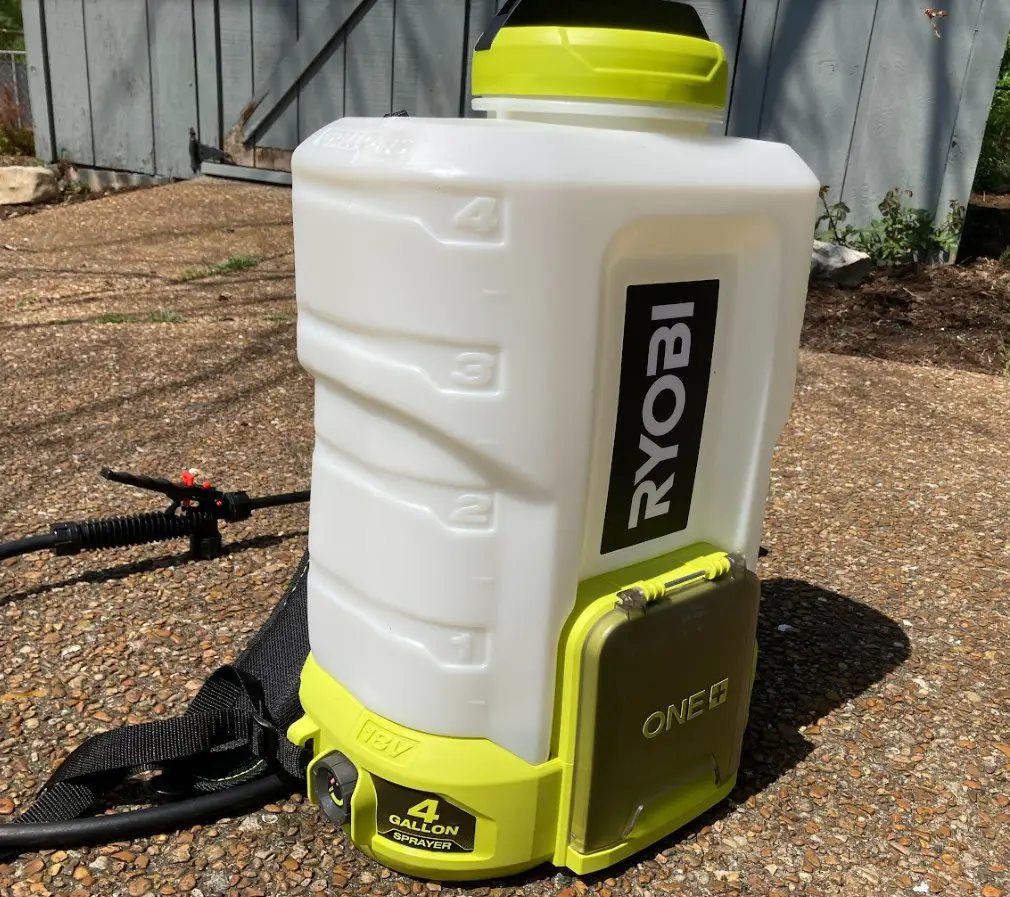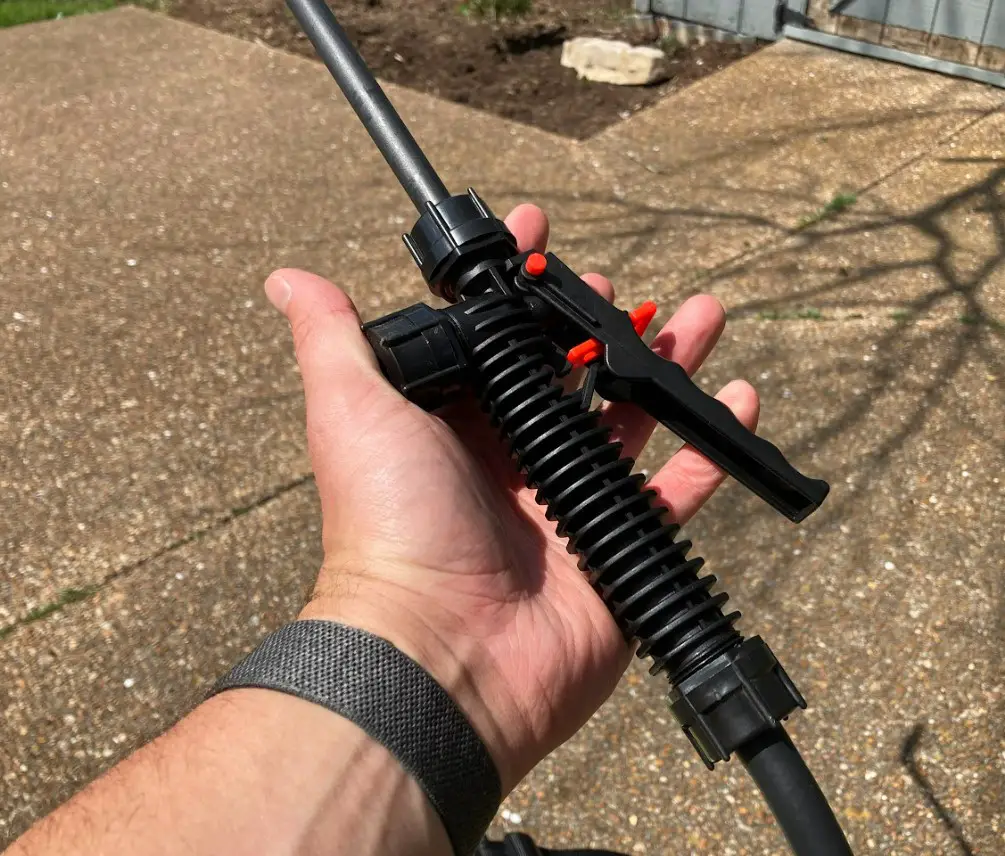By far, my favorite homesteading venture has been the raising of hogs! No matter where you raise your homestead pigs, on pasture, in the woods, or in a clean pan, the quality of a homegrown hog versus a store-bought hog is unsurpassable. Until you eat real pork-lean, reddish-pink pork, you don’t realize how artificial conventional ham and bacon taste! But which pig breeds will get you the best ham & bacon?
One year, we purchased our pigs from two different sources. The reason for this was because by the time we found the first one, he had only one left for us at that time: Big Pig. (Here’s a tip- if you plan to raise your own hogs this year, NOW is the time to start shopping for a breeder. They go like hotcakes. We had a hard time finding them in the first two years.) After much searching, we found a source for our second hog. And what we got was a much smaller pig for DOUBLE the price, Little Pig.
Original, I know.
Her breeder told us that he was selectively breeding for leanness, and the difference was noticeable as the two girls grew up. The older one certainly had a jiggle to her when she ran, whereas the younger looked as though she was working out.
Table of Contents
Choosing a Pig Breed: Meat-Type or Lard Type
The difference turned out to be more than visual. When it came time to eat, there was a very discernible difference between the flavor of Big Pig’s and Little Pig’s bacon. And let’s face it, the best reason to raise a hog is for the love of bacon!
Big Pig produced meaty bacon yet with an ample amount of fat to crisp and flavor the meat. My mouth is watering, just thinking about it! While Little Pig had virtually no fat and the results were a product that was chewy and tasted like ham. I would compare it to Canadian Bacon, only thinner.
The fat is where the flavor is!
What I’ve come to learn is that American pork production for commercial and show purposes is leaning increasingly towards lean to provide us with an alternative to chicken for our low-fat diets, since we don’t realize how vital saturated fats are to our health. And there are several different types of hogs out there.
So while shopping for your partners in Homestead Waste Management (feeder pigs) this year, it might be helpful to know which pig breed would suit your needs, so you’re not disappointed with your final results this winter.
Some questions you should ask yourself are:
- Do you not care about having lean cuts of meat?
- Do you prefer having more bacon over ham?
- Will you be using a lot of lard?
- Do you want juicier, more flavorful meat?
If you answered “yes” to any of those questions, you’re going to want to find yourself the lard-type of pig breeds!
Identifying Meat-Type vs. Lard-Type Pig Breeds
Most likely, the pig breeds you choose will be limited to one of the two types on the right of this chart. So let’s look at the difference between “Fat-Type” and “Meat-Type” hogs:
Meat Type on Left | Fat Type on Right
And while we’re on the subject, I found it to be interesting how the specific breeds have changed over the years.
Take a look at the difference between pig breeds from before and pig breeds now:
Duroc:
Hampshire:
Tamworth:
Berkshire:
I see the least difference in the Tamworth. If I were interested in raising heritage pork, I would definitely give Tamworth a try first. We know that Large Black Hogs and Gloucestershire Old Spots also produce a respectable amount of lard. The fattiest pig we’ve ever had was an LBH x GOS. By keeping good homesteading records we know that our yields on leaf lard off of those gals were more than ALL of the lard of any other pig breeds we’ve tried. Hands down, that was the best pork we’ve ever raised. So long as we are able to get that cross we will raise them from now on.
Of course, if you’re not a bacon person, it would stand to reason that fatty hogs wouldn’t be the best choice for your homestead. You’ll probably have an easier time finding your feeder pig source. Thankfully, for those of us who want the fat-type hog, the slow food movement is making them easier to find.
Which Pig Breeds Should You Choose for Your Homestead?
1. Wooly Mangalitsa
These pig breeds have an incredibly interesting history. They are the only pig breed on earth with wooly coats, making them one of a kind. Mangalitsa pigs are typically suggested for small farms or homesteads. Also, many farmers will tell you this pig breed is their favorite. So what is so great about them?
Well, for one thing, these pigs are delicious. They typically produce Kobe beef and other types of pork, and some argue they are the best-tasting pig. Their meat is tender, which is caused by their small bone structure. But just because they are smaller in the frame does not mean they don’t have some great fat on them!
This pig breed is one of the more fatty ones, which is great for bacon and flavor! So you will be getting the best of both worlds: amazing tasting meat, and excess fattiness (if that’s your thing). Though do keep in mind, owning this specific pig has to mean you have great use for fat because they have so much of it.
These pig breeds are low maintenance. So, they have even temperaments and do good outdoors at all times. Also, they are good at not eating you out of the house and home. They don’t rely on protein as their primary food source, and they eat about half the amount of other pigs, so they are great pigs to purchase in order to cut down on costs. Because of their fat and hair, they do good in the winter. Mangalitsas are very easy to maintain and they provide a profitable return, making them a wonderful pig for your homestead!
2. Red Wattle
The Red Wattle breed is exceptionally calm and even-tempered, as well as submissive and sensitive (easily startled). They are not known for aggression, and they are easy to raise. Red as a name fits this breed, as most are the color red, or red with black spots. This breed is larger in nature and bulky in weight. As they get bigger, their growth rate is fast. Their meat is delicious- tender, lean, and non-fatty. One of the best things about this pig breed is how well they mother, meaning means less work for you in helping to raise and care for their little ones! Wattles are sweet and kind in how they take care of their young, not to mention the bare huge litters multiple times of the year.
If you have a small homestead farm or are new to raising pigs, this type is a great place to start. One of the things that makes these pigs so nice to raise is how friendly they are. They enjoy being talked to and cared for, and you will grow very fond of them as you raise them. Wattles will help you to build up healthy soil and pastures by foraging. This also benefits you by keeping your feeding bill low! But even if you need to keep them enclosed in a yard or a pen, they do good in these confined spaces as well. Keep in mind that this is a giant pig. They regularly get up to 1,000 pounds, so be prepared to get a great return when they’re butchered!
3. KuneKune
KuneKune actually means “fat and round.” This breed is another sweet, even-tempered, and docile type. They are not small like our first suggestion or large like our section, but they hit that sweet spot right in the middle. KuneKune pigs will not uproot your plants (their noses don’t allow it), and they are good with fences. These are a few of the reasons why this pig breed is known for being the best for small farms. Some other reasons are the way they lack gross smells, how calm and quiet they are, and mainly, how well they do with children. KuneKune’s are the type of pigs who have everyone who meets them falling in love.
These pigs do great outside when it is not raining, but be sure to have a plan for when the rain does come! They tend to all sleep on top of each other in order to stay warm. Though they can be outside, it is best to have a barn for the rain and winter weather conditions. Remember, they don’t have fur! Keep in mind that we are talking about pure breed KuneKune’s. Once you begin to bring in the cross-bread types, behaviors may change. It is also important to remember to research what to feed them and how much. There are terrible consequences if you overfeed, underfeed, or don’t feed correctly.
4. Chester White
These pigs are on most homestead breed lists you will find. There are some great reasons for this. Firstly, they live very long lives. This fact is important if you are looking for pigs that can be raised for a long time and kept in top shape to produce the best meat. The main reason these pigs are so loved is because of their ability to mother. These Pennsylvanian natives are very kind, nurturing, and loving with their young. Chester Whites are bulky and muscular as well. They are all-around sturdy and well-mannered pigs, and you cannot go wrong with bringing them onto your homestead.
5. American Yorkshire Pig
American Yorkshire is a great pig breed to end this section of our article. This breed is the most commonly known one around, as well as the most popular in the US. So, they have the typical look of a pig that comes to mind when you think of pigs, and this is probably because their name truly fits them as America’s sweetheart. In addition, they have pretty pink skin and come along with tons of perks. Not to mention that, they are quick growers, come in big litters, and they are nice and bulky.
On top of all this, they are not expensive to feed, so you will get a good return on your investment. They are deeply loved for their meat, which is loaded with flavor, is lean, and has minimal amounts of fat. Not to mention, they are amazing moms for the same reasons as our last few pigs who win at parenting. This breed is indeed the perfect way to start your homesteading pig raising journey, and most of the nation would agree with that fact.
Final Toughts
Finally, it’s time to weigh in! Which do you prefer, ham or bacon? Also, which pig breed is your preference for meat production? Which breed best fits your needs? Tell us everything about your preferences in the comments section below.
Not to mention that all your further questions are more than expected in the same place. So, everything that you’d like to add or question regarding this article and all the pig breeds discussed, I wait in the comments section. Thank you a lot for reading and I hope that you’ll choose exactly what you need!








![Air gun 101: The differences between .177 & .22 – Which jobs they do best ? [Infographic]](https://airgunmaniac.b-cdn.net/wp-content/uploads/2024/11/1773-218x150.jpeg)







































